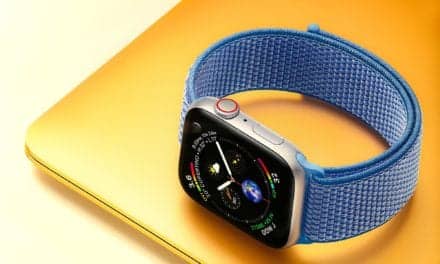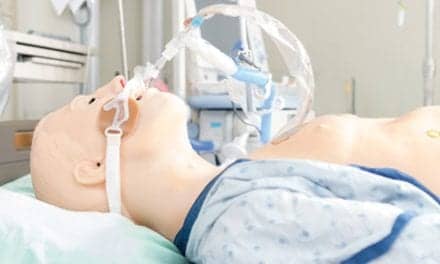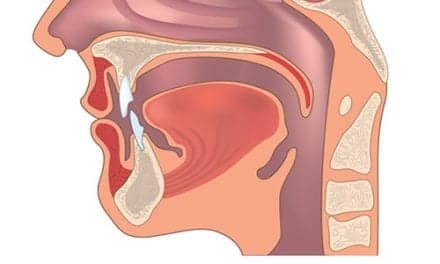RT interviews John Mathias II, president of Sleep Services of America Inc

What are the most important trends happening in the sleep arena?
One huge trend is the recognition of how significant a problem obstructive sleep apnea is throughout the entire population. And where I see the newest trend is different individuals identifying this problem. Of the more than 28,000 studies we perform annually, 70% are referred by general care practitioners, where in the past it would have been specialists, such as pulmonologists or neurologists, who would have identified sleep abnormalities. That is a huge shift. It means that general care physicians are screening better for sleep abnormalities and the public is becoming more aware of the problem and informing their family doctor. I credit organizations such as the National Sleep Foundation for helping the public become more aware. There are also grass roots efforts by polysomnographic technologists to educate physicians and the general public in their communities.
Another trend I would say is that other specialties are starting to recognize sleep. For example, cardiology—there are some studies that estimate up to 50% of high blood pressure could be sleep related. People in the sleep field have known that for several years, but it did not seem like it was catching on at all in cardiology groups. It just was not on their radar screen. Other specialties are starting to see the benefit of getting patients tested for sleep-disordered breathing and finding whether it is an underlying cause of their patients’ symptoms and problems.
I am personally seeing a trend away from comprehensive ambulatory sleep services. I think that is because the federal government does not recognize reimbursement for any studies that are nonattended in the home environment. However, I think there is a huge purpose for doing screening in the home because one of the biggest barriers to entry of patients to a sleep laboratory is just that—leaving their home environment and going to a laboratory all night long. By screening patients and perhaps demonstrating a strong possibility that they have a sleep abnormality, they are more likely to schedule a complete PSG in a laboratory setting.
How are RTs directly affected by those trends?
I think the awareness has caused much larger volumes of procedures to be performed in this country. And RTs are one of the core groups that are seen as the experts to be able to perform these services. That awareness gives RTs great growth opportunity in sleep medicine.
Any time you have a field and a company like SSA that is growing so fast, it allows professional, clinical, and career opportunities. I would say most of our staff are either RTs or polysomnographic technologists—with the emphasis on technologists, but we would love to have more RTs join SSA.









